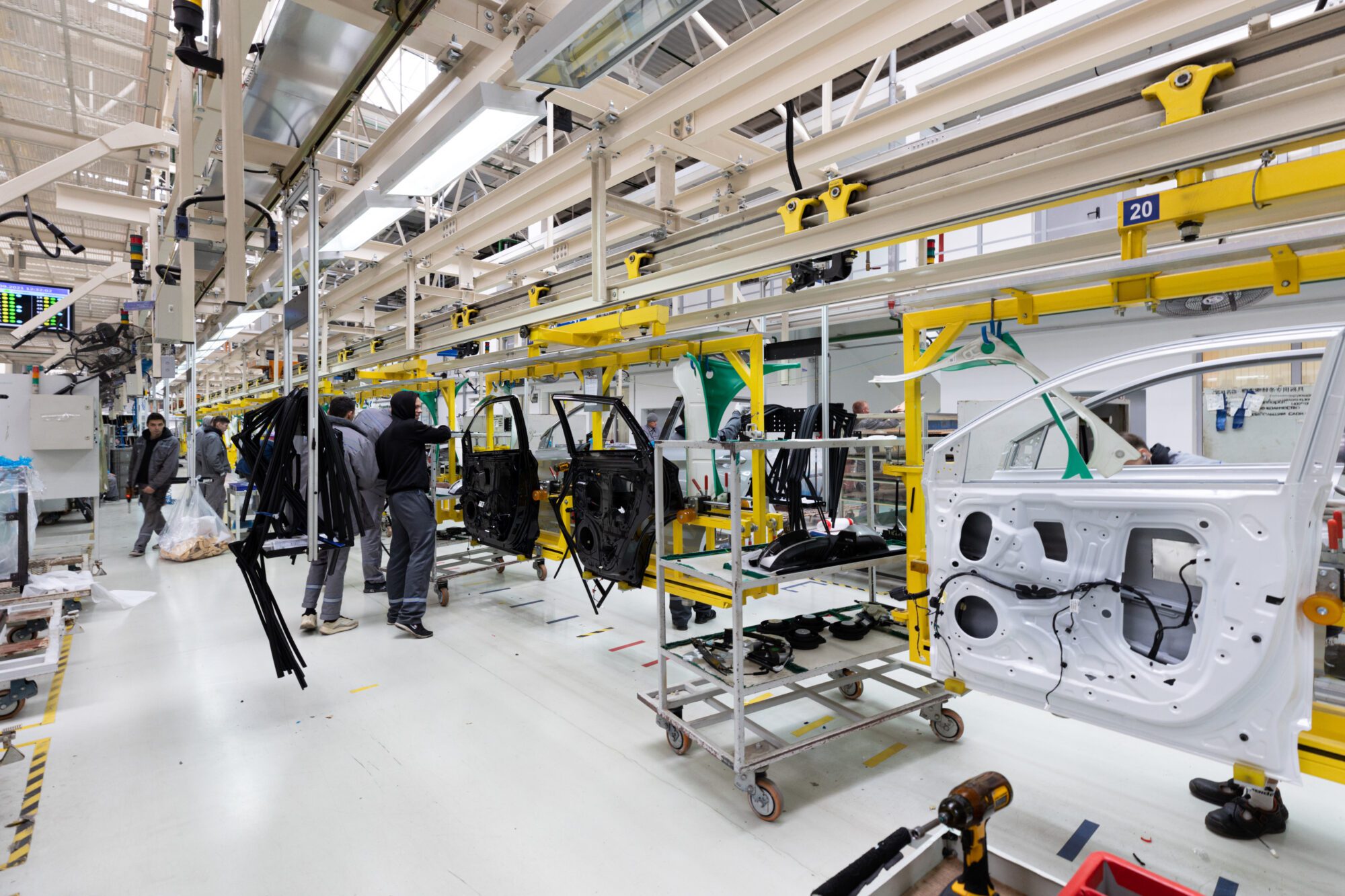Blog
Tax credits or no tax credits, EV costs are projected to keep dropping
With more than 7 million battery electric and plug-in hybrid electric vehicles sold in the United States since 2010 and record-breaking annual sales of more than 1.5 million units in 2024, electric vehicles (EVs) are no longer niche. Early 2025 data indicate continued momentum with EV sales in the first 6 months of the year at an all-time high. In other major auto markets like China and Europe, EV sales in the first half of 2025 were up more than 25% over the same period in 2024. The world is transitioning to EVs.
In the United States, with federal tax credits, state and utility EV incentives, and operational savings from cheaper fuel and lower maintenance costs, EVs have offered clear financial advantages over their gasoline-only counterparts. However, recent changes to federal policy might have some wondering if driving electric is still a sound financial choice. As we’ll explain here, the new policies alter the consumer value proposition a bit, but the bottom line is that EVs absolutely continue to make dollars and sense.
Although states may seek to implement new, stronger fiscal policies that could be revenue-neutral in design and have no public cost, the federal reconciliation bill signed into law early this month guts consumer EV incentives and restricts tax credits for battery production. It repeals the Clean Vehicle Tax credit worth up to $7,500 for new vehicles, the Commercial Clean Vehicle Tax Credit worth up to $7,500, which includes leases, and the Previously Owned Clean Vehicles Tax Credit worth up to $4,000 for vehicles acquired after September 30, 2025.
Operating EVs is always cheaper than their gas counterparts
The good news comes from operational costs. Battery electric vehicles (BEVs) have been repeatedly shown to have lower operational costs than comparable combustion engine vehicles, and those savings can often mean lower total cost of ownership several years before initial purchase price parity. In 2022, the ICCT conducted a bottom-up assessment of the purchase and total ownership costs of EVs compared with combustion engine-only counterparts. The assessment was conducted across a variety of all-electric ranges (150–400 miles) and four vehicle types (car, crossover, SUV, and pickup truck), and it did not consider any federal or state EV tax credits. The results showed that the first owner of a new BEV with up to 300 miles of range in calendar year 2025 would save money compared with owning a comparable combustion engine vehicle over an average 6-year ownership period across all vehicle types. This includes savings of $6,600–$11,000 (depending on the type) on fuel and maintenance costs alone, and a 300-mile range is suitable for the majority of driver needs. For those interested in longer range vehicles, at the 400-mile range, BEVs were projected to reach 6-year ownership parity about 1 year later, in calendar year 2026–2027.
Multiple other studies found the same. Just last month, Atlas Public Policy estimated similar fuel and maintenance savings for BEVs over a 7-year ownership period. Energy Innovation’s “EV Fill Up Savings” data viewer shows that BEVs cost less to refuel than gasoline vehicles in every state in the country. A 2025 total cost of ownership analysis by Vincentric found that 24 of 54 EV models had 5-year ownership costs lower than combustion engine counterparts, most without the $7,500 federal EV tax credit. All 54 EVs were found to have lower fueling costs (saving $7,500 on average), and 43 of 54 had lower maintenance costs.
Battery costs keep falling
From 2010—when the Nissan Leaf was first released—to 2023, battery pack costs fell by 87%. In the ICCT’s 2022 report, battery pack costs were projected to be $105/kWh in 2025, $74/kWh in 2030, and $63/kWh in 2035, based on the best data available at the time. More recently, we looked at recent battery raw materials pricing and supply for the United States and analyzed the effects of material price changes on overall EV costs. The results of this 2024 analysis show that due to advances in EV efficiency and battery pack specific energy, EV purchase price parity is expected in 2028–2029, unchanged from the 2022 study. In the unlikely scenario of “extreme” price increases for battery materials, in which battery material prices were assumed to increase to the 95th percentile of their historic prices by 2032 (e.g., 2032 prices for cobalt and lithium are 2.5 and 7 times higher than their prices in July 2025, respectively), we would expect no more than a 3-year delay of price parity.
Today, prices of lithium, nickel, and cobalt are near historic lows. In July 2024, global average battery cell prices fell to $71.2/kWh due in part to reductions in raw materials prices. In September 2024, the lithium iron phosphate (LFP) cell price fell below $60/kWh. In 2024, the global average EV pack price fell to under $100/kWh. All three prices are below what the ICCT estimated in both the 2022 and 2024 studies.
Automakers are still investing
The projected continued decline in battery costs is reinforced by massive industry investment. Reuters estimated that automakers have announced investments that sum to $1.2 trillion globally through 2030 to produce BEVs and their batteries, and this spending can be expected to increase economies of scale, reduce battery prices, and increase BEV production to more than half of total vehicle production. For batteries, industry announcements indicate that U.S. battery production capacity for light-duty vehicles could increase to about 800–1,200 GWh per year in 2030, which is about 8–12 times the EV battery demand in the United States in in 2023.
Although the reconciliation bill contains several provisions that limit the tax credit granted to automakers for battery production, the credit still exists. Ford’s BlueOval plant in Michigan is “on track to qualify” for credits worth up to $45/kWh. As of late June 2025, GM, Hyundai, LG, Stellantis, Toyota, VW, and Panasonic still planned on building battery production plants. Moreover, expanded production of LFP, improved chemistries like lithium manganese rich (LMR), silicon anodes, incremental battery improvements, and even solid–state batteries are all potentially going to be production-ready in 3–10 years. Automakers can also decrease BEV costs by increasing vehicle energy efficiency (thereby shrinking the required battery size) and improving production methods through vertical integration, flexible factories, parts consolidation, and advanced computational tools.
All in all, even with the elimination of federal tax credits, the underlying cost structure continues to favor EVs through lower fuel and maintenance expenses. And the cost advantage is not only still present but expected to widen as battery technology improves in the years ahead.
Authors
Aaron Isenstadt, Independent Consultant
Kelli Pennington, ICCT Global Communications Manager
Related Reading

Highlights the potentially positive impact of the electric vehicle (EV) transition on manufacturing jobs in the United States.
